Electrical parameters
Working voltage: flexibly adaptable to 24V DC, 120V AC or 220-380V AC to meet the needs of different industrial scenarios.
Input/output channels:
Binary input module (BIM): provides 16 input channels (some models support pulse counting function, suitable for frequency measurement or event counting).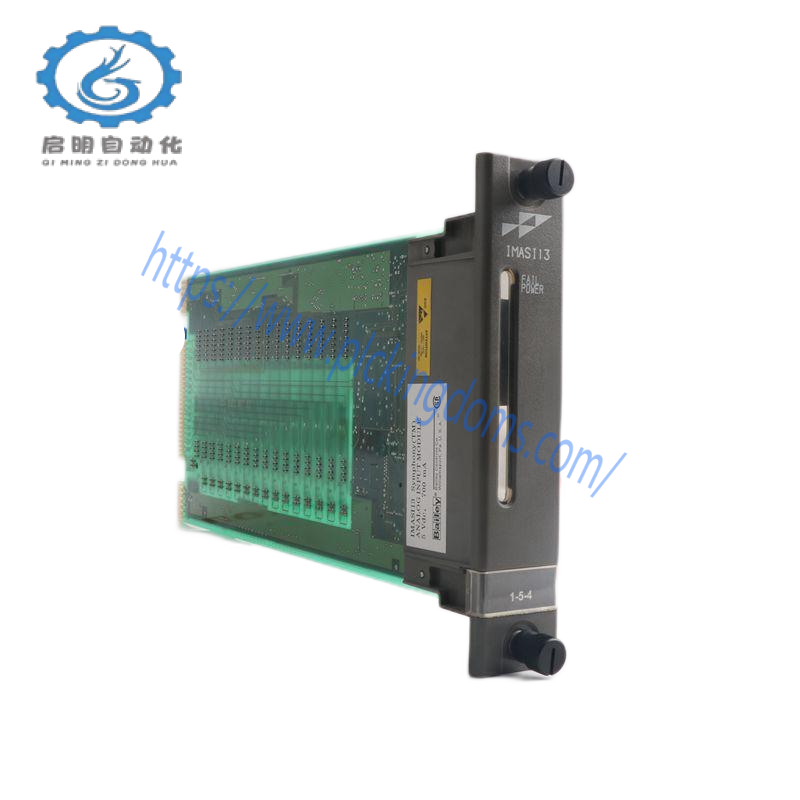
Binary output module (BOM): configured with 12 groups of 24 relay output channels, supporting large current capacity (such as 10 output channels divided into 3 groups, including 2 high-speed relays, suitable for tripping output or time synchronization and other scenarios).
Physical size: The packaging size is about 110mm×106mm×20mm, and the weight is about 1.2kg, which is easy to integrate into a compact control cabinet.
Communication interface
Standard protocol: supports industrial protocols such as Modbus, PROFIBUS, Ethernet/IP, etc., to ensure seamless connection with multi-brand equipment.
Expansion capability: The communication function can be expanded through the F series communication module, but it should be noted that some I/O points will be reduced.
Core features
Anti-interference and stability
Strong anti-electromagnetic interference capability: meets industrial environment standards and can operate stably under extreme conditions.
Local timestamp and signal identification: each I/O event is accompanied by a timestamp, supports software identification of oscillation signals, and improves fault diagnosis efficiency.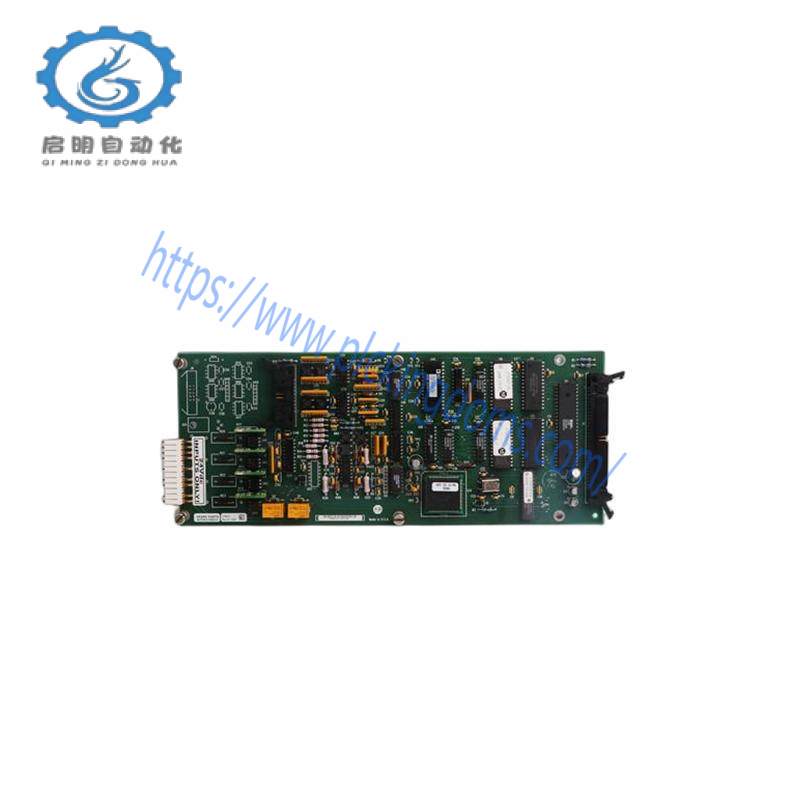
Input/output optimization
Battery ground fault tolerance: even if the battery power supply grounds fault, the input signal can still work normally to ensure system continuity.
Large current output support: binary output modules support high load requirements (such as trip output or signal control), and some channels can reach 10A current capacity.
Flexible configuration
Modular design: BIM (input) or BOM (output) modules can be selected according to needs, or mixed.
High-speed signal channel: some models provide dedicated high-speed relay output (response time ≤1ms), suitable for time synchronization or fast response scenarios.
Typical application scenarios
Process control industry
Chemical/petroleum: used in key links such as reactor temperature control and pipeline pressure monitoring, and flow measurement is achieved through pulse counting function.
Power/Metallurgy: Realize generator status monitoring and blast furnace automation control, support high current tripping output to ensure equipment safety.
Manufacturing Automation
Production Line Control: Integrate into PLC system to manage the collaborative operation of robots, conveyor belts and other equipment, and achieve precise synchronization through high-speed output channels.
Equipment Monitoring: Collect sensor data (such as temperature and pressure) in real time through analog input channels to optimize production processes.
Energy and Building Management
Power System: Used for substation automation and power quality monitoring, support multi-protocol communication to achieve data interconnection.
Smart Building: Control lighting and air conditioning systems, and achieve energy saving and comfort balance through binary output modules.
Compatibility and Scalability
Multi-protocol Support
Compatible with mainstream protocols such as Modbus, PROFIBUS, Ethernet/IP, etc., and can be networked with brand equipment such as Siemens and Schneider to reduce the difficulty of system integration.
Optional expansion
BIO-01 board: Add 3 DI, 1 DO and 1 AI input to make up for the reduction of I/O points caused by F series communication modules, suitable for complex control scenarios.
RAIO-01 module: Expand analog output channels, support 0-20mA/4-20mA signals, and meet the needs of analog quantity in process control.
System integration
ABB AC500 series ecosystem: can work with DCS50 inverter, GFD563A controller, etc. to build a complete automation solution.
Distributed I/O expansion: can be expanded to 7 I/O modules through FBP bus, support local or remote deployment, and reduce wiring costs.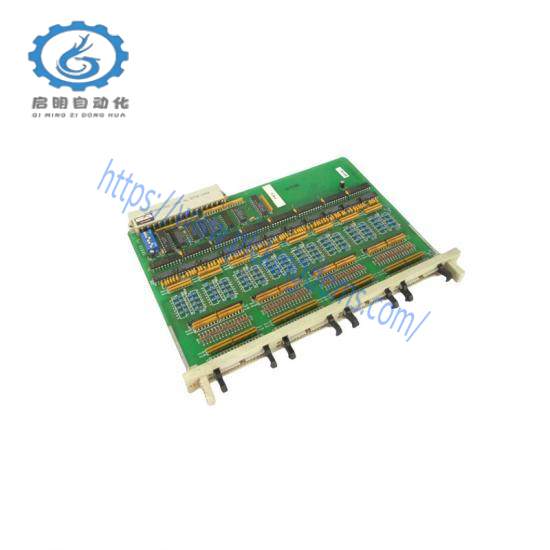
Summary
ABB 500PSM03 1MRB150038R1 input and output module is widely used in key areas of industrial automation with high reliability, strong anti-interference and flexible configuration as its core advantages. Its modular design, multi-protocol support and rich expansion options enable it to adapt to complex industrial environments and become an ideal choice for improving production efficiency and system stability. Whether it is process control, manufacturing automation or energy management, this module can provide precise signal conversion and control command transmission, helping enterprises achieve digital transformation and intelligent upgrading.
Related product recommendations:
3BHB018008R0003
S-073N 3BHB009884R00211
3BHB009884R00211
S-123H 3BHB030479R0512
3BHB030479R0512
S-093M 3BHB009885R0013
3BHB009885R0013
S-097H 3BHB009885R0052
3BHB009885R0052
3BHB009885R0063
S-093M 3BHB009885R0063
3BHB009885R0005
S-093H 3BHB009885R0005
3BHB009885R5311
S-093R 3BHB009885R5311
3BHB009885R0004
More…


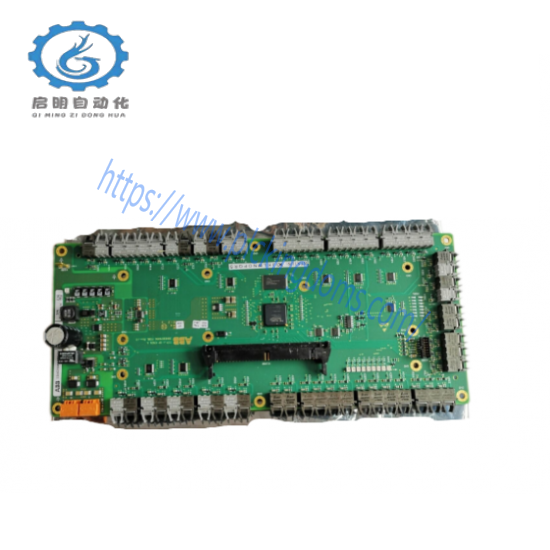
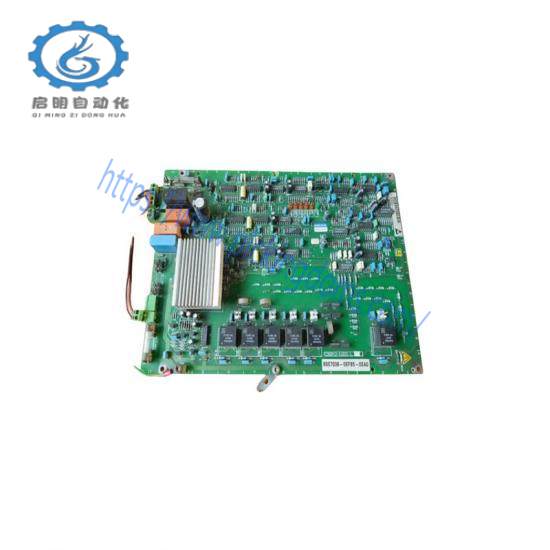
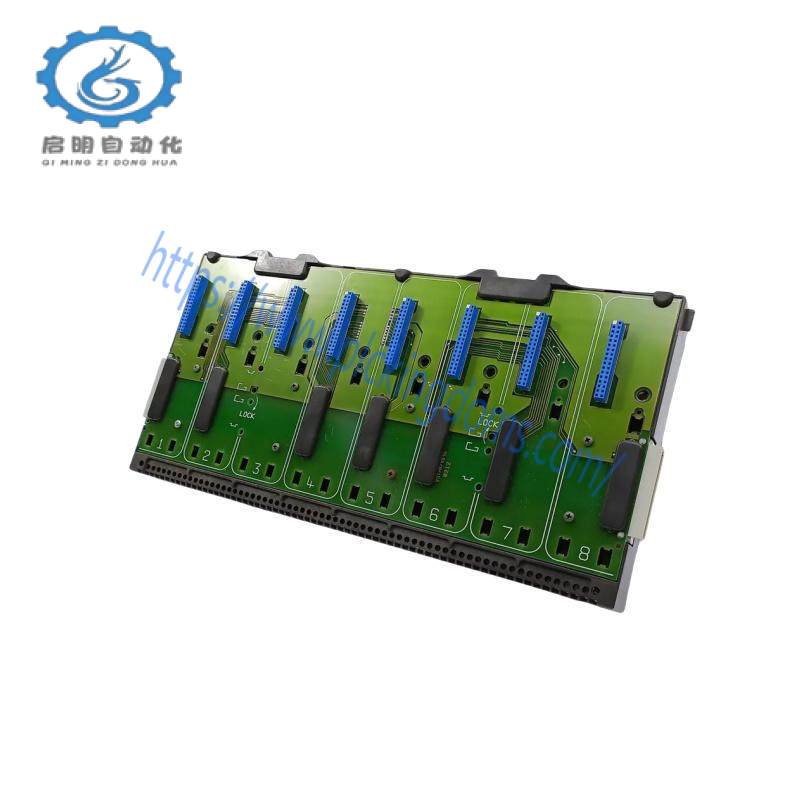
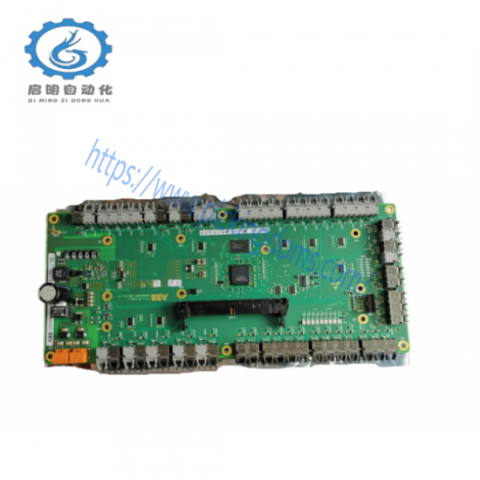
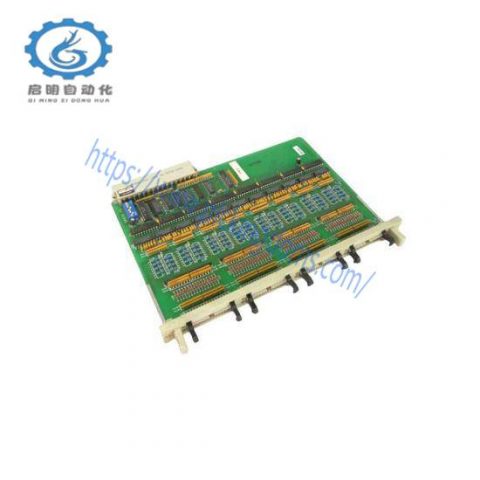

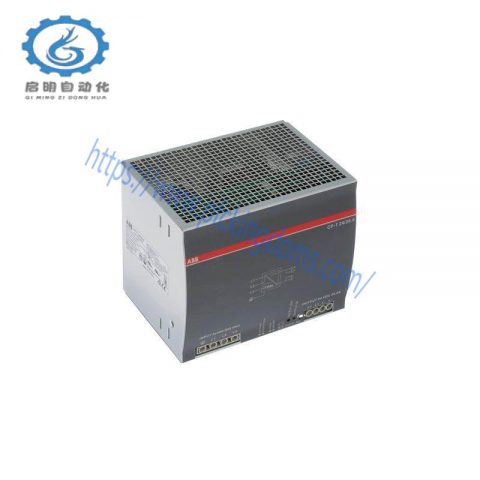
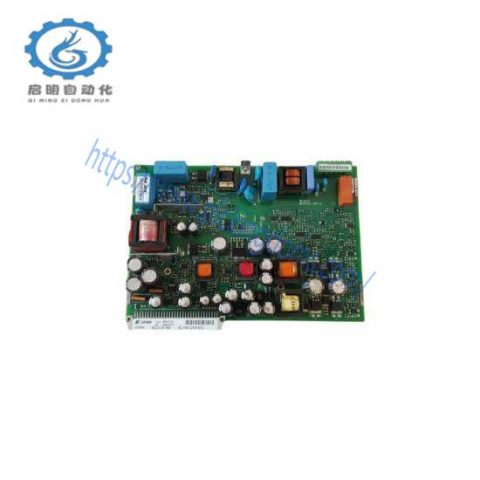

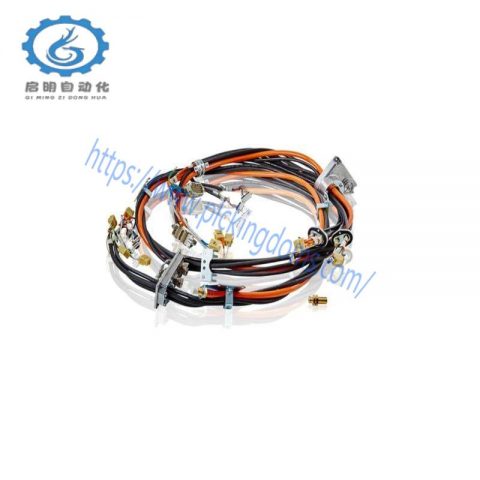
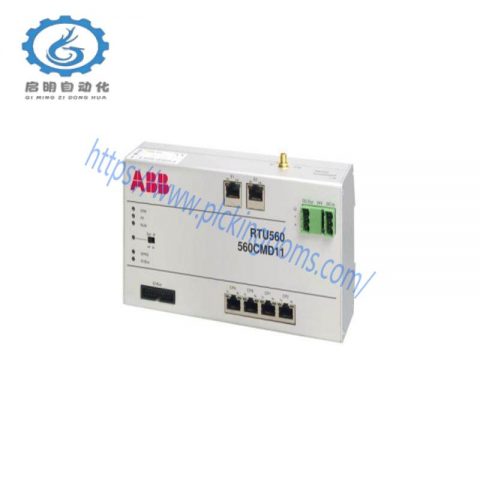
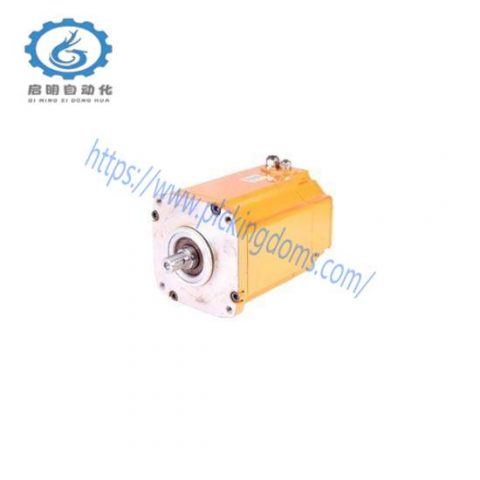
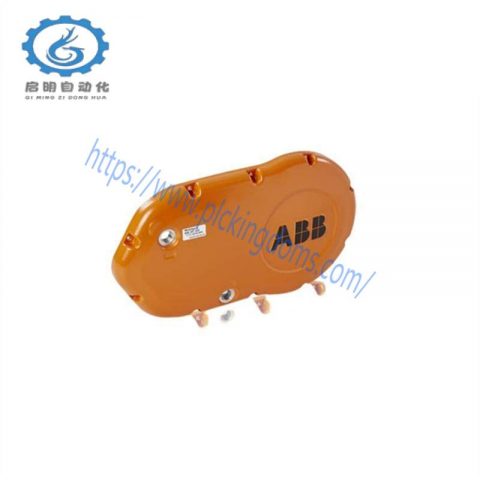
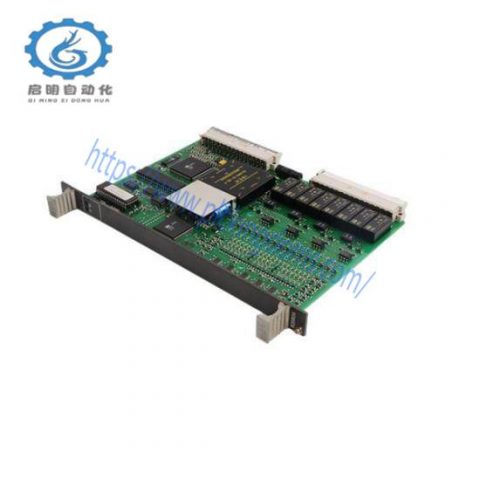
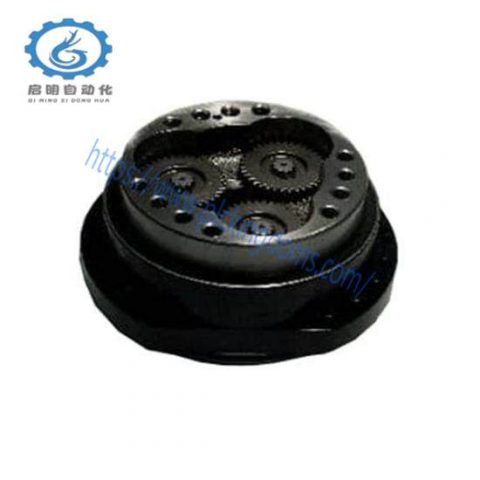
There are no reviews yet.